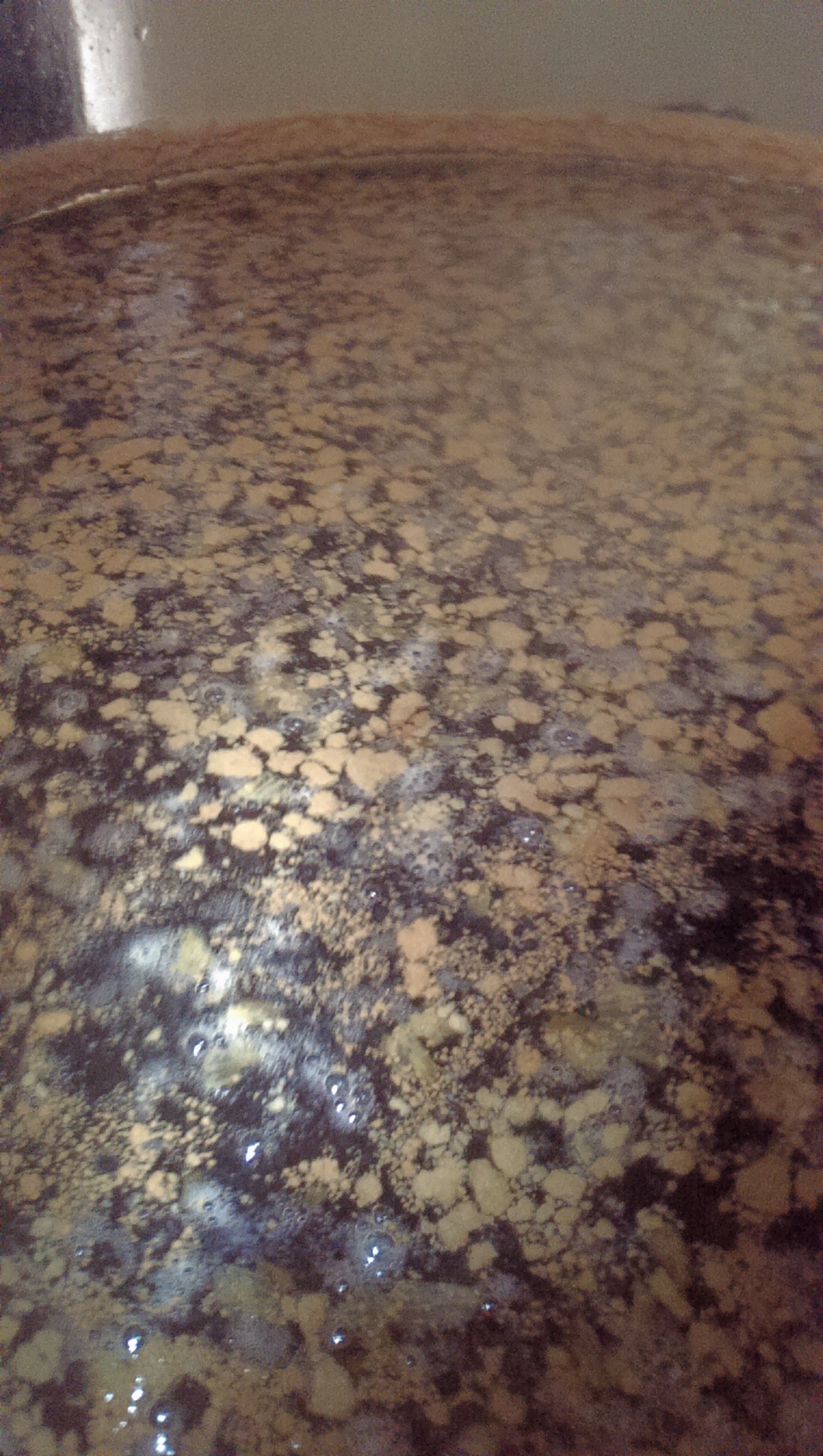I had the same issue with WY 3711 French Saison twice recently. Two different batches using different strains of 3711, but same results: fermented normally and then a thin film appeared near the 3 week mark. I haven't had this happen with any other beer, just twice with the 3711.
First time, I dumped the yeast cake due to infection concerns. Beer was great though. When it happened the second time, I harvested it. I have another batch going right now with that very yeast and fermentation is proceeding normally. Krausen has fallen and I'm waiting to see if the film appears again. Even if it is a lacto infection, it seems the yeast is able to out-compete it. Just my experience and YMMV.
EDIT: I should mention, I did skim that layer off the top and discard before packaging the beer and then harvesting yeast.












